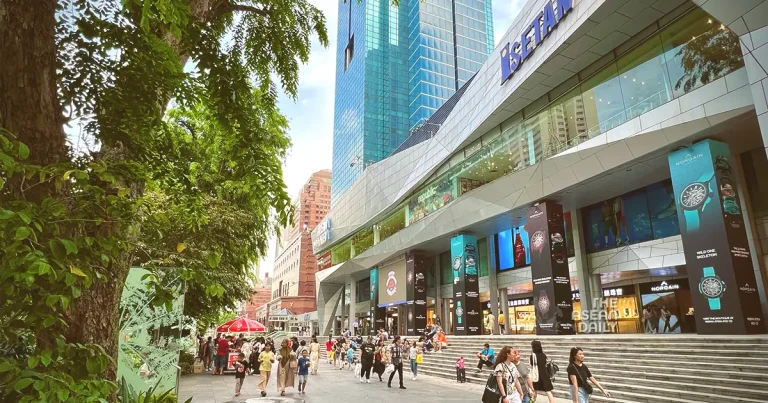23-7-2024 (SINGAPORE) Singapore’s consumer price inflation has cooled more than anticipated in June, with overall inflation hitting its lowest point in three years and core inflation dropping to a level not seen in over two years. This unexpected downturn in price pressures has caught many analysts off guard and could potentially signal a shift in the city-state’s economic landscape.
The core inflation rate, which excludes private transport and accommodation costs to better reflect the expenses of Singaporean households, fell to 2.9% year-on-year. This marks a significant drop from the 3.1% rate that had stubbornly persisted for the previous three months. The decrease, which brings core inflation to its lowest level since March 2022, was primarily driven by lower inflation in retail, other goods, and services sectors.
Even more dramatic was the fall in overall or headline inflation, which plummeted to 2.4% in June from 3.1% in May. This sharp decline, attributed largely to lower private transport costs, represents the lowest rate since August 2021. Both core and headline inflation figures undershot analysts’ expectations, as reflected in a recent Bloomberg poll.
The Ministry of Trade and Industry and the Monetary Authority of Singapore (MAS) have maintained their estimates for core inflation in 2024 at between 2.5% and 3.5%. However, they have indicated that the forecast range for overall inflation is “being reviewed” and will be updated in the MAS’s forthcoming monetary policy statement on 26 July.
Economists are divided on the implications of these figures. Bank of America’s Asia and ASEAN economist, Ang Kai Wei, cautioned against interpreting the June data as indicative of a sharp slowdown in inflation momentum. Meanwhile, DBS economist Chua Han Teng suggested that the softer core inflation number reinforces expectations of an ongoing underlying disinflation trend.
OCBC’s chief economist, Selena Ling, has revised the bank’s full-year headline inflation forecast downwards to 2.6% from 2.8%, and adjusted the core inflation projection to 2.9% from 3%.
A closer look at the June data reveals that private transport costs recorded the most significant year-on-year drop of 0.7%, a stark contrast to the 2.8% rise in May. This was primarily due to lower prices for cars and motorcycles, coupled with a slower increase in petrol prices.
Retail and other goods inflation also saw a notable decrease, falling to 0.5% in June from 1.5% in May. This was attributed to smaller increases in the prices of medicine, health products, and personal effects, as well as steeper price drops in clothing and footwear.
Services inflation eased slightly to 3.4% in June from 3.6% in May, reflecting a slower pace of increase in hospital services and holiday expenses. Food inflation remained stable at 2.8%, as did gas and electricity inflation at 6.9%.




